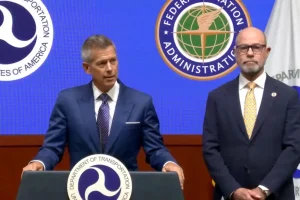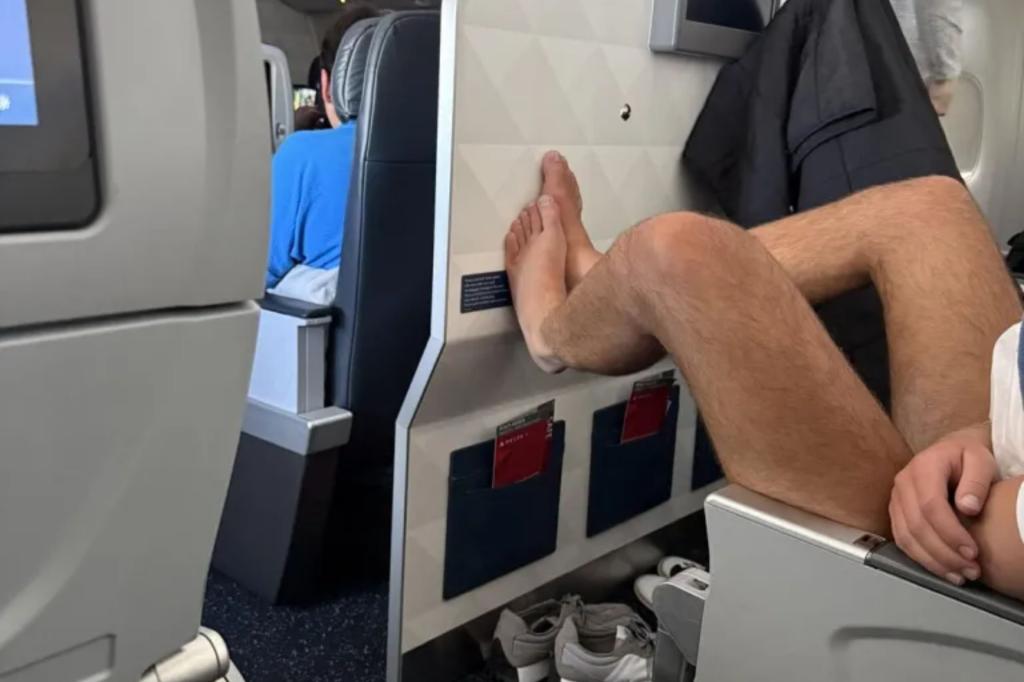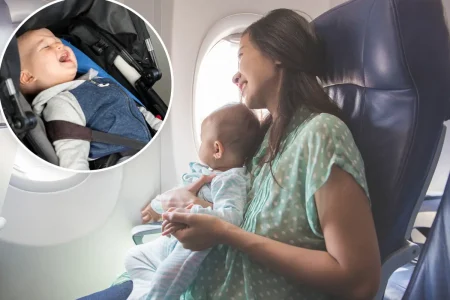The Unspoken Rules of In-Flight Etiquette: What’s Acceptable at 30,000 Feet?
There’s something about being suspended miles above the earth that seems to suspend normal social rules for some travelers. Recently, a Reddit user in the r/Delta forum shared a photo that sparked widespread conversation about airplane etiquette, showing a passenger with bare feet propped up on the seat in front of them. The post, dramatically titled “Crimes against humanity,” resonated with many frequent flyers who have witnessed similar behavior. This incident highlights a curious phenomenon: the airplane cabin as a liminal space where some passengers behave as though they’re in their private living rooms rather than a shared public environment. The comments section quickly filled with comparisons to other socially questionable behaviors, with one user noting it was akin to “the same type of person who would clip their nails in public,” while others described it as “living room syndrome” – that peculiar mindset where travelers forget they’re sharing space with strangers.
The barefoot traveler’s behavior touches on one of the most contentious aspects of modern air travel – the boundaries between personal comfort and public consideration. When confronted by the Reddit poster, the shoeless passenger did concede to put their socks back on, which represents a small victory for collective decorum. But this raises important questions about how we navigate discomfort in confined spaces. Air travel inherently involves compromise – we’re asked to remain in close quarters with strangers for extended periods, often in less-than-ideal conditions. Finding balance between personal comfort during a long flight and respect for those sharing the cabin presents a constant challenge. The fact that so many people felt compelled to comment on this post suggests that these unwritten rules of behavior matter deeply to travelers, even if they’re rarely discussed openly before boarding.
From a health perspective, the barefoot plane passenger is taking risks that extend beyond mere social faux pas. Jacqueline Whitmore, an etiquette expert with experience as a flight attendant, emphasizes that airplane floors harbor a multitude of unseen contaminants. “The floor of the plane is extremely dirty, especially in the lavatory. The water on the floor is most likely not water at all,” she explains with characteristic directness. This stark reality check highlights the practical reasons behind keeping feet covered during flights, beyond just social consideration. Aircraft undergo cleaning between flights, but the nature of quick turnarounds and high-volume traffic means these cleanings are often superficial. The carpeted areas between seats, the bathrooms, and the aisles collect debris, spills, and germs from hundreds of passengers moving through confined spaces. Walking barefoot through this environment isn’t just potentially offensive to others—it’s a direct path to exposing oneself to whatever might be lurking underfoot.
The phenomenon of “airplane behavior” extends beyond just footwear choices. Many travelers report a kind of psychological shift that occurs once they step onboard, where the unusual environment and liminal status of being neither here nor there seems to alter normal behavioral filters. Perhaps it’s the stress of travel, the discomfort of being confined, or simply the strange anonymity of being surrounded by people you’ll likely never see again—whatever the cause, planes seem to bring out unusual behavior. Some passengers treat shared armrests as exclusively their own, others recline seats without checking behind them, and some engage in lengthy personal grooming routines that would typically be reserved for private bathrooms. The Reddit thread about the barefoot passenger opened floodgates of similar stories, with one commenter noting they “travel with Clorox wipes on planes” specifically because of encounters with others’ boundary-crossing behaviors.
Etiquette expert Whitmore suggests practical compromises that honor both personal comfort and public consideration. “If you plan to take off your shoes on a longer flight, it’s best not to walk around without slippers for your own health and safety,” she advises. This balanced approach acknowledges the reality that on long-haul flights, keeping shoes tightly laced for 10+ hours might be uncomfortable or even lead to swelling for some passengers. Clean socks, designated travel slippers, or simply wearing comfortable shoes from the outset can make the difference between reasonable accommodation and imposing discomfort on fellow travelers. The wisdom here lies in recognizing that while air travel requires certain adaptations for comfort, these shouldn’t come at the expense of a baseline respect for shared space. Furthermore, Whitmore points out that displaying bare feet “can be considered unpleasant or unhygienic,” potentially “negatively impact[ing]” the flying experience of those nearby—a gentle reminder that our choices in confined spaces ripple outward.
The conversation around airplane etiquette ultimately reflects broader questions about how we navigate public spaces in a world that increasingly emphasizes individual comfort and personal choice. Each flight represents a temporary community with its own unspoken social contract. When passengers board, they tacitly agree to certain compromises in exchange for the miracle of rapid long-distance travel. The discussion sparked by one passenger’s bare feet speaks to our collective negotiation of these boundaries—where personal comfort ends and consideration for others begins. Perhaps the most valuable takeaway isn’t a rigid set of rules but rather a mindfulness about how our behaviors affect those sharing our journey. As air travel continues to be a necessity for business and pleasure, these conversations about the intersection of personal comfort and public consideration remain relevant to anyone who takes to the skies. After all, we’re all just trying to reach our destinations with our comfort—and dignity—intact.















